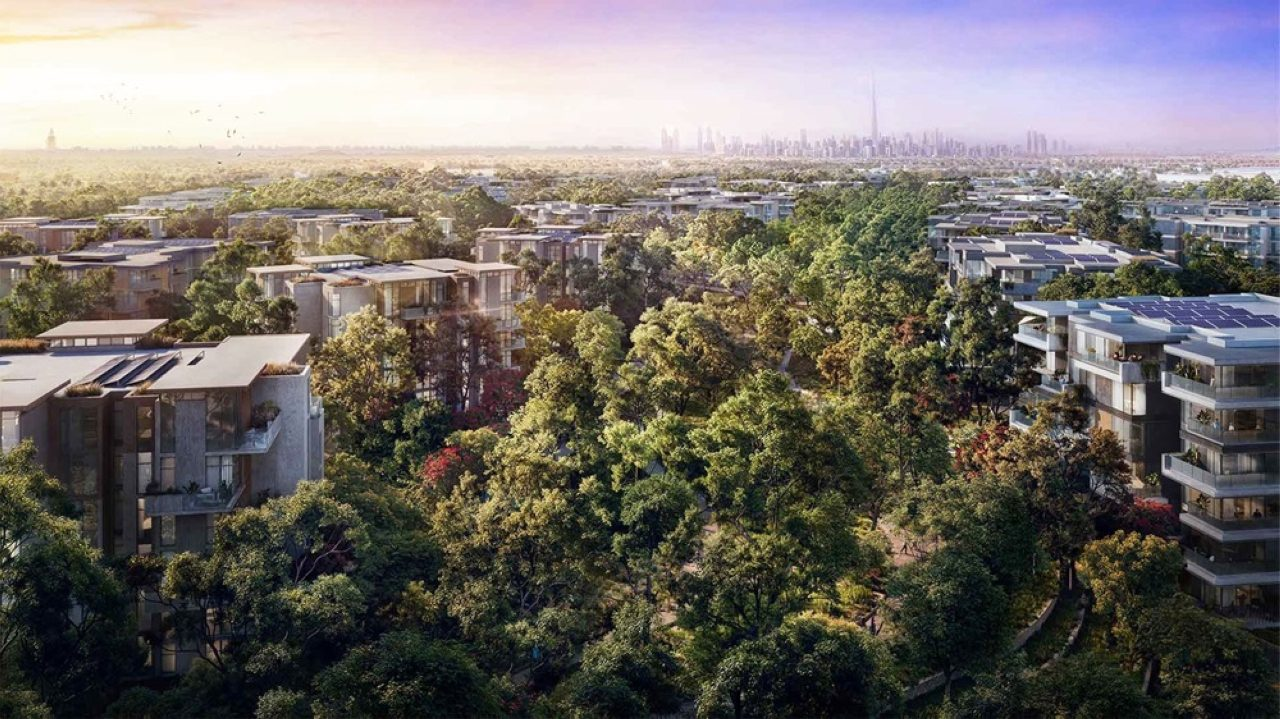Now Reading: Dubai Weather Alert 2025: Shocking Changes Tourists Must Know Now
-
01
Dubai Weather Alert 2025: Shocking Changes Tourists Must Know Now
Dubai Weather Alert 2025: Shocking Changes Tourists Must Know Now

Table of Contents
Dubai is known worldwide for its luxury lifestyle, world-class architecture, and, of course, its hot desert climate. But in recent weeks, the weather in Dubai has taken a surprising turn, catching both locals and tourists off guard. Whether you live in Dubai or are planning a trip soon, understanding the current weather conditions is important to plan your day and stay safe.
This news report provides the latest updates on Dubai’s weather, what’s unusual about this season, tips for travelers, and what the experts are predicting for the coming weeks.
What Is the Normal Weather Like in Dubai?
Dubai is located in the United Arab Emirates (UAE) and has a hot desert climate. Typically, the city experiences:
- Very hot summers (June to September) with daytime temperatures often reaching above 45°C (113°F)
- Mild to warm winters (December to February) with average temperatures ranging from 15°C to 25°C
- Low humidity in winter but very high humidity in summer
- Very little rainfall throughout the year, with most rain falling in the winter months
Dubai usually has more than 300 sunny days a year, making it one of the sunniest cities in the world.
Unusual Weather in Recent Weeks

Over the last few weeks, Dubai has seen some unusual weather patterns that are not very common in August. Here’s what has changed:
- Sudden Sandstorms: On several occasions, strong winds have caused sand and dust storms across the city. This reduced visibility and made driving dangerous.
- High Humidity: While humidity is usually high in summer, recent levels have made outdoor activities nearly impossible during daylight hours. Many people have complained of heavy sweating, breathing discomfort, and general fatigue.
- Unexpected Rainfall: Some parts of Dubai and nearby areas have seen light rainfall a rare event for August. Social media was filled with videos of raindrops hitting car windshields and soaking dry streets.
This shift in weather has sparked curiosity and concern among residents and visitors.
What Experts Are Saying
Meteorologists and weather experts suggest that the recent changes are linked to regional weather systems and climate changes happening globally.
Dr. Ahmed Al Habsi, a senior weather researcher from the UAE National Center of Meteorology (NCM), stated,
“August is usually one of the driest months in Dubai. But due to changes in air pressure and moisture from nearby regions, we are seeing small rain events and increased humidity. This could become more frequent as climate patterns shift.”
Experts also warn that more sandstorms and flash rains could occur in the coming weeks, especially in the early mornings or late evenings. Travelers and locals are advised to monitor daily forecasts and avoid unnecessary outdoor activities during extreme weather alerts.
Dubai’s Heat and Health Risks
The ongoing high temperatures and humidity can be dangerous. Health professionals are urging people to take precautions. Here are some important tips:
- Stay Hydrated: Drink plenty of water throughout the day, even if you’re not feeling thirsty.
- Avoid Peak Sun Hours: Try to stay indoors between 11 AM and 4 PM, when the sun is strongest.
- Use Sunscreen: Protect your skin from sunburn with SPF 30 or higher.
- Dress Smart: Wear light-colored, loose-fitting clothes and use sunglasses or hats when outdoors.
- Be Aware of Heat Stroke Symptoms: Dizziness, dry skin, and confusion can be signs of heat stroke. Seek immediate medical help if needed.
Impact on Daily Life
The unusual weather has affected many aspects of daily life in Dubai:
- Transportation: Low visibility during sandstorms caused temporary delays at Dubai International Airport. Roads were also affected, especially highways leading to Abu Dhabi and Sharjah.
- Outdoor Events: Several open-air events, including food festivals and concerts, were either postponed or shifted to indoor venues.
- Construction Sites: Workers at outdoor sites are being given extra breaks and water to stay safe. The Ministry of Human Resources and Emiratisation has re-issued midday break rules to protect laborers during peak heat.
Tips for Tourists Visiting Dubai Now
If you’re planning to visit Dubai in August or September, here’s how to make the most of your trip without letting the weather ruin your plans:
- Plan Indoor Activities: Visit Dubai Mall, indoor theme parks, or enjoy cultural museums like Etihad Museum or the Museum of the Future.
- Check the Forecast: Keep a weather app on your phone for hourly updates.
- Use AC Transport: Always travel in air-conditioned vehicles or public transport like the Dubai Metro.
- Avoid Desert Safaris in Daytime: If you’re going for a desert safari, choose evening or early morning slots to avoid the heat.
- Stay in Cool Hotels: Most hotels in Dubai offer indoor pools, spas, and lounges to help guests relax indoors.
What to Expect in the Coming Weeks

According to the latest forecast by the NCM:
- Temperatures will stay between 42°C to 46°C during the day and 30°C to 34°C at night
- Humidity levels may go up to 80% in coastal areas
- There is a small chance of thunderstorms and rain in desert and mountain areas
- Wind speeds could increase, leading to more dust storms in the afternoons
Dubai residents are advised to keep emergency kits, water bottles, and masks handy, especially during sandstorms.
Final Thoughts
Dubai’s weather is known to be extreme, especially in summer. But the recent shifts are a reminder of how global climate patterns are changing. Whether you’re a resident or a visitor, staying informed and prepared is the key to enjoying what this vibrant city has to offer, no matter what the weather is like.
Keep checking the official website of the UAE National Center of Meteorology or trusted news sources for real-time updates on Dubai weather.
Read More:- Shobha Realty Launches Its Most Luxurious Project Yet—Full Details Inside 2025






















